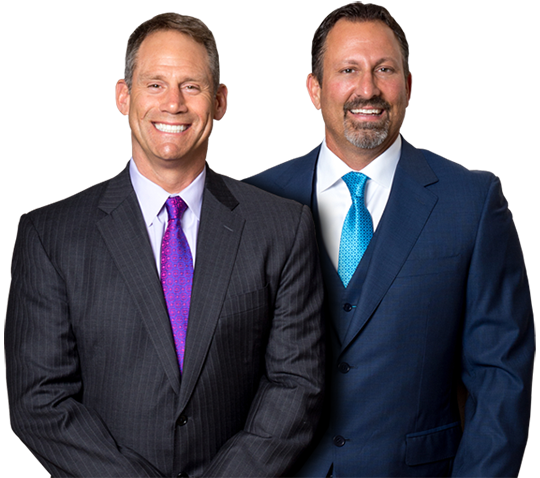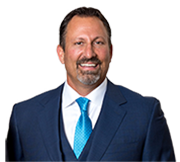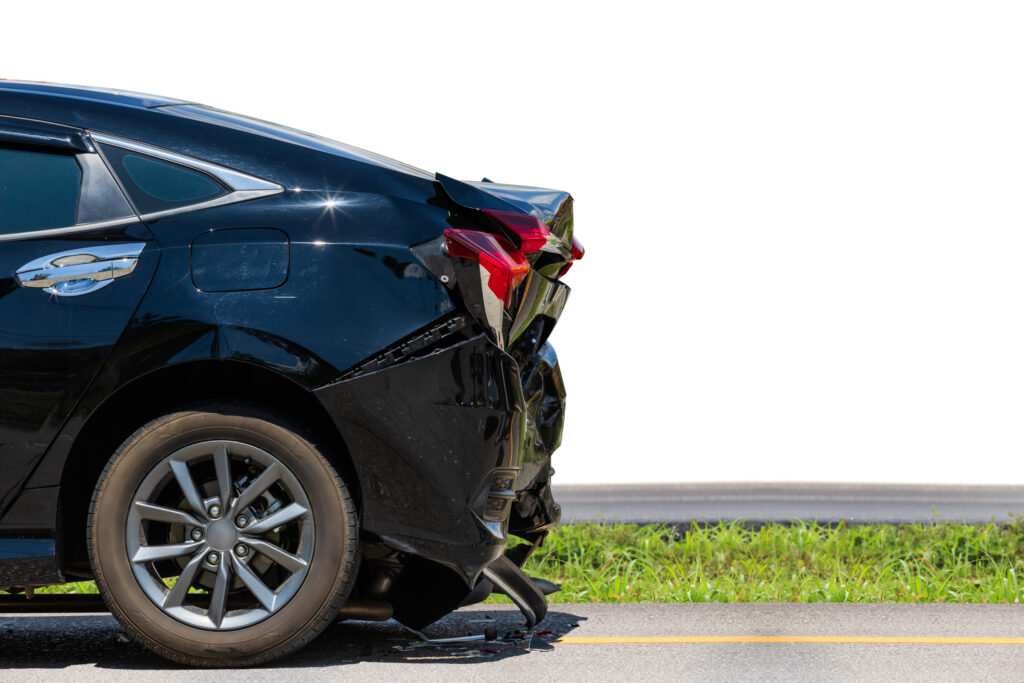
Most people don’t get in their car every day expecting to be in a car accident, let alone a collision where the other driver speeds away. Although leaving the scene of an accident is illegal, hundreds of hit and run accidents occur in southern Nevada every year. Between 2015 and 2019, the NHTSA Fatality and Injury Reporting System Tool (FIRST) recorded an yearly average of nearly 24 fatal Nevada hit and run crashes, many of which involved bicyclists and pedestrians.
If you find yourself suffering property damage or injuries after a car, bicycle, or pedestrian accident where the responsible driver fled the scene, you might be wondering what your legal options are—and if you’re still eligible for any compensation. In this blog, Lerner and Rowe Injury Attorneys explains Nevada hit and run laws, plus what steps to take if you’ve been in a Las Vegas hit and run accident.
An Overview of Nevada Hit and Run Laws
Chapter 484E of the Nevada Revised Statutes (NRS) describes the legal requirements of motorists to stop after an accident, render aid, notify police, and file an accident report.
- If someone has been injured or killed in a crash, the driver of any vehicle involved in said crash (whether it be a bicycle, motorcycle, or passenger vehicle) is required to stop immediately at the scene or as close to the scene as is safely possible. The driver must then stay on the scene until they have satisfactorily rendered aid and given the required information. Failure to do so can result in a felony conviction (NRS 484E.010).
- If property damage has occurred as the result of a crash, the driver of any vehicle involved is required to stop immediately at the scene and to move their vehicle if it is obstructing traffic or creating a road hazard. The driver must then stay on the scene until they have given the required information. Failure to do so can result in a misdemeanor conviction (NRS 484E.020).
- Motorists involved in a crash that results in property damage, injury, or death must give their name, address, vehicle registration number, and if asked, present their driver’s license to any person whose property was damaged in the collision and/or a police officer investigating the accident (NRS 484E.030).
- Motorists involved in a crash that results in any injuries or death must offer reasonable assistance to any person injured in the accident. Reasonable assistance includes making arrangements for an injured victim to be transported to the hospital if their injuries are apparent or if the victim requests medical assistance. The motorist must also report the accident to police if no police officer is present on the scene (NRS 484E.030).
- If unattended property is damaged in a motor vehicle accident, the motorist must immediately stop at the scene and try to locate the property owner. If no owner is present, they must secure a written notice on or near the damaged property containing the motorist’s name and address (NRS 484E.040). The motorist must then also notify police of the accident as soon as possible (NRS 484E.050).
You’ve Just Been in a Hit and Run Accident. Now What?
So what do you do if you’ve just been in a Las Vegas hit and run accident? Many people are doubly shocked when a hit and run happens–few people are prepared for a car accident in the first place, and fewer still expect the other motorist to take off. If you’ve found yourself in this unfortunate situation, here are five things you should do as soon as possible.
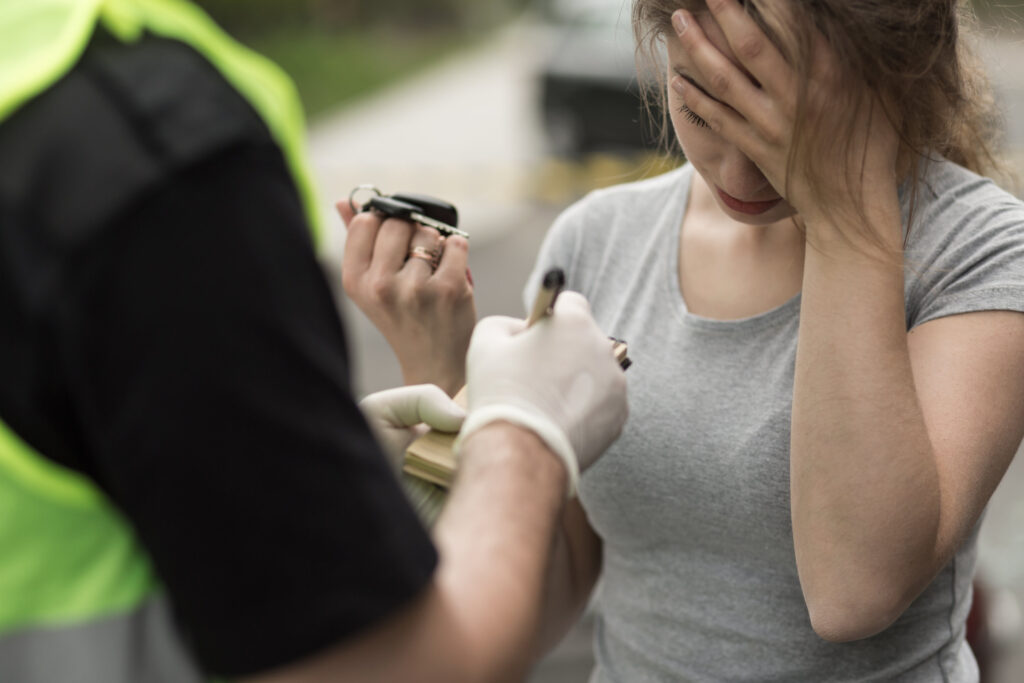
#1: Call the Police
There are two important reasons you may need to call the police right after a hit and run accident. First and foremost is to request medical assistance for yourself, your passengers, or any other person who may have been injured in the crash. Calling 911 will connect you with an operator who can dispatch police, an ambulance, and/or the fire department as needed.
If no one needs emergency assistance, you should still call the police as soon as possible to report the hit and run. The sooner they get to the scene, the more likely law enforcement will be able to track down the motorist. Relay all the information you remember about the driver, the make and model of their vehicle, and which direction they went.
#2: Talk to Witnesses
Sometimes accidents happen so fast that you have no chance to get a look at the hit and run driver. If you are able to, talk to anyone still at the scene who may have been a witness. You don’t have to conduct a full interview, but be sure to ask them for their contact information and if they’d be willing to give a statement to police when they arrive.
Witnesses may also be a great source of car accident video footage, as many drivers now utilize dashboard cameras. If the crash took place near a business, a security camera may have also caught the accident on video.
#3: Take Photographs of the Scene
Taking photos of an accident scene is important after any accident, but it’s especially crucial after a hit and run. Even if you didn’t manage to catch a glimpse of the driver’s license plate, accident photos may contain clues that ultimately lead to the arrest of a suspect. Take photos of the damage to your vehicle, skid marks on the road, damage to nearby property, and any possible debris left behind from the driver’s vehicle.
If you were taken to the hospital immediately after the accident, you may not be able to take photos of the scene. That’s okay. Once you’ve received treatment, be sure to take photos of your injuries, which may serve as evidence in a personal injury claim.
#4: Request a Copy of the Police Accident Report
It may take several days or even weeks for a copy of your accident report to become available, but you can be proactive by requesting a copy from the responding police officer(s) at the scene. The accident report alone may not locate the driver who hit you, but it may contain invaluable evidence about what caused the accident, additional photos from the scene, and crucial witness information. In many cases, you can also request a copy of your accident report online.
#5: Talk to a Las Vegas Car Accident Lawyer
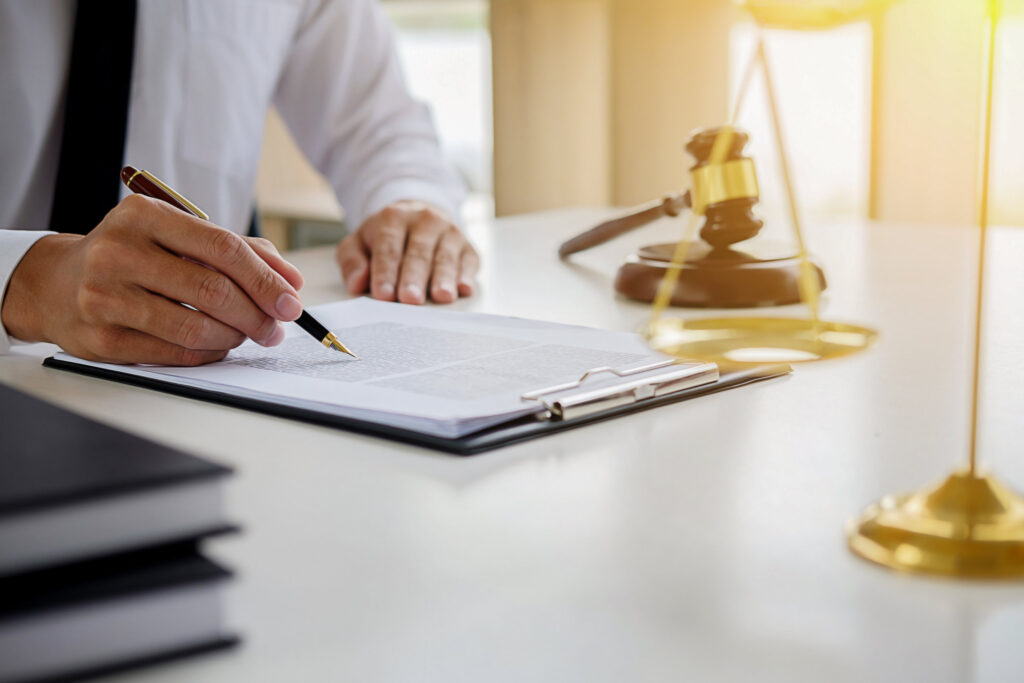
You may be surprised that calling your insurance company isn’t the next item on this list. That’s not to say that you shouldn’t talk to your car insurance company—just that it may be in your best interest to talk to a car accident attorney first.
Nevada uses a fault-based car insurance system, which means your liability coverage isn’t going to pay for your injuries or damage to your vehicle in a hit and run caused by another driver. Without knowing who the hit and run driver is or if they even have insurance, your only source of coverage would be any additional coverage you purchased, such as collision coverage, uninsured/underinsured motorist coverage, and Medical Payments (MedPay) coverage.
Even with these coverages, saying the wrong thing to the insurance company (yes, even your own insurance company) may result in a denied claim. For this reason, it’s best practice to seek the help of an experienced car accident attorney before you talk to the insurance company.
Get a Free Hit and Run Accident Claim Review
If you or a loved one has been injured in a Las Vegas hit and run accident, you could be eligible for significant compensation for your medical bills, lost wages, property damage, and pain and suffering. But negotiating hit and run accident claims can be tricky. It may take a long time for police to track down the driver, and your own insurance company may try to deny your rightful claim. Even if the hit and run driver is caught, they may not have enough insurance to cover all your losses.
To give yourself and your family the best fighting chance for meaningful compensation after a hit and run, contact the Las Vegas personal injury lawyers at Lerner and Rowe Injury Attorneys. Our team offers free, no obligation consultations to help injured victims understand all their legal rights and options following an accident.
Call us 24/7 at 702-877-1500, connect with one of our LiveChat agents standing by, or fill out this form to request your complimentary case review. The call is free, the consultation is free, and we charge no fees unless we make a financial recovery on your behalf.

